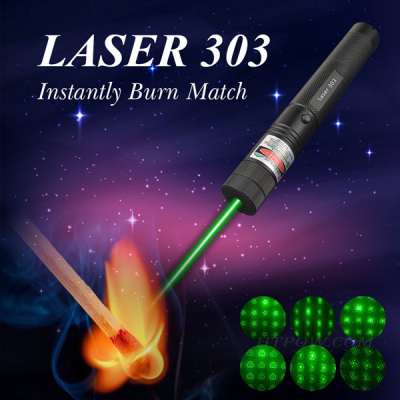Most lasers used are in the infrared category, emitting beams invisible to the human eye. Consider the garage sensor light, which uses an infrared laser to detect when objects enter its visible area and turn on the garage light. Or your TV remote control, which also uses infrared lasers to send signals to and from the TV. The green laser pointer is used to control the screen operation to achieve non-contact control mode; The red laser pointer with the wireless mouse button is used to control the left and right buttons of the large screen operation and the cursor position, so that the system cursor always track the laser point, to complete all the functions of the ordinary mouse; A camera with a red filter is used to obtain the laser point information to increase the signal-to-noise ratio and achieve high-precision tracking. The video acquisition card is used to receive the camera data and process the laser point position in real time to set the cursor position of the system. The forward predictive interpolation algorithm is used to interpolate the laser points and move the cursor smoothly.
Large screen projection is more and more widely used in multimedia teaching, speech, teleconferencing and other activities. To get a good presentation, the speaker usually stands next to a projection screen and directs the audience to the key points they are talking about through a spot of light projected onto the screen by a laser pointer in his hand. There are two disadvantages in using existing laser Pointers :1) The audience attending synchronous teleconference can't see the laser pointer's spot, and it is not clear where the speaker is currently explaining; 2) The laser pointer used by the speaker usually does not have the function of mouse operation. In order to demonstrate mouse operation, the speaker must go back to the computer to operate the mouse.

